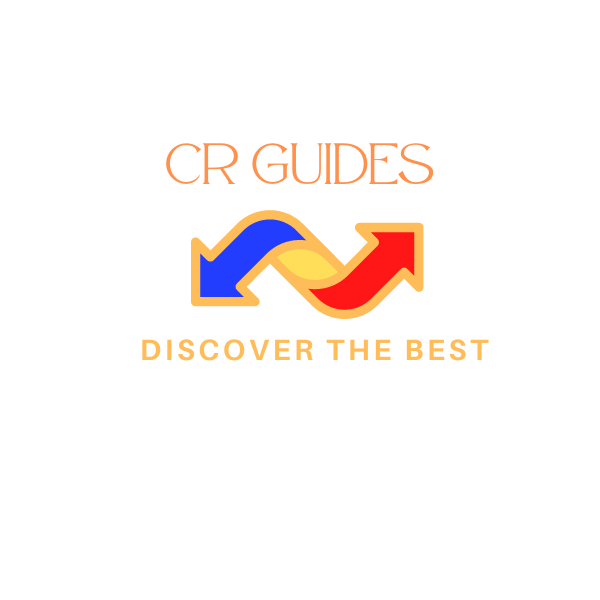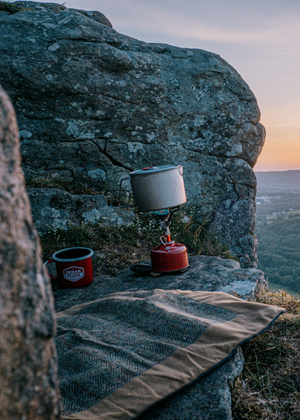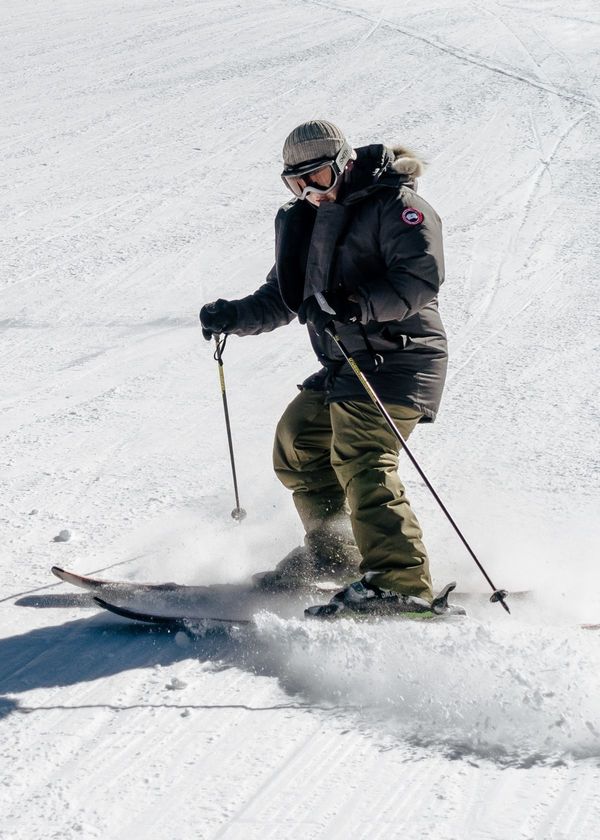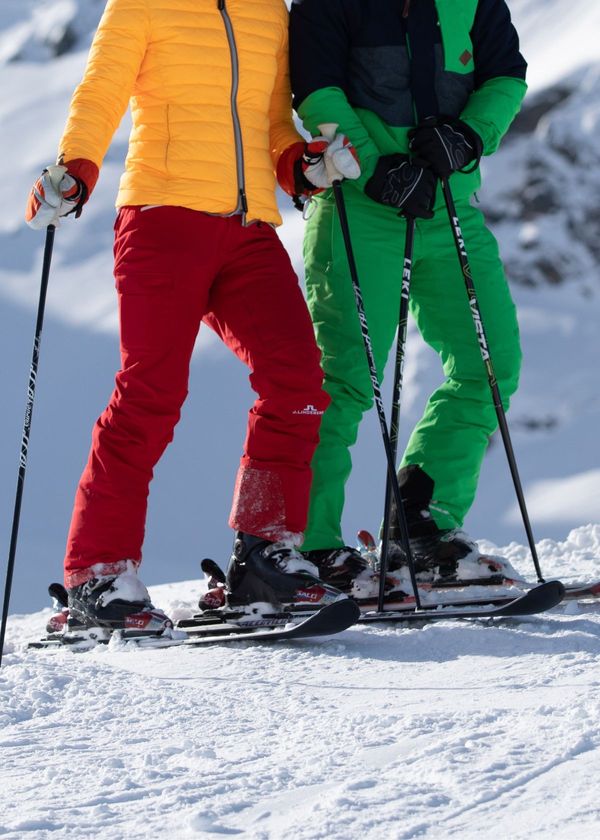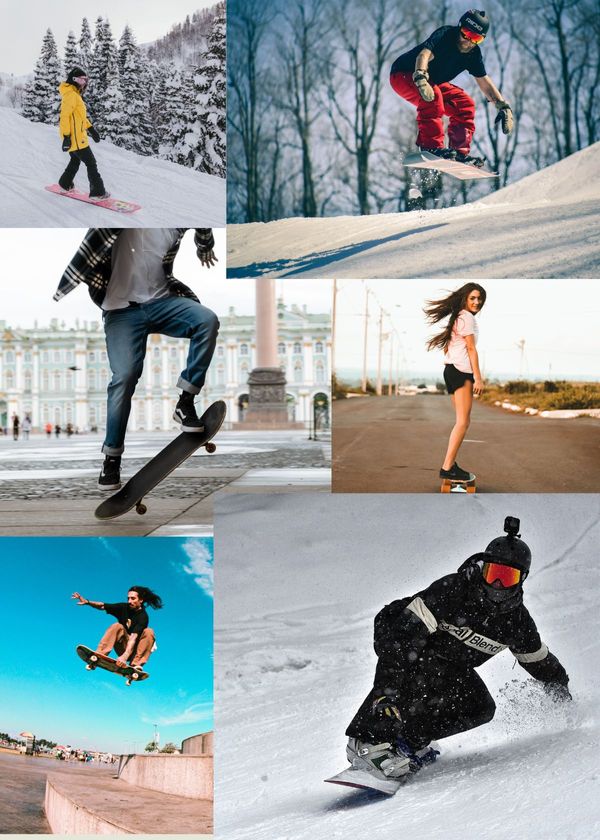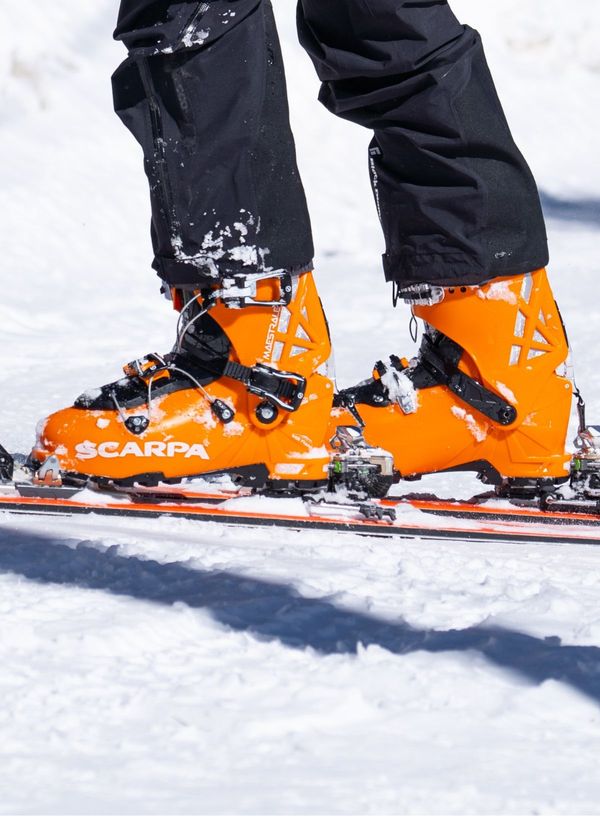If you are wondering how much is a snowboard, it really depends on several factors.
However, if you're looking to purchase a snowboard before the holiday rush, NOW is the best time to do it!
Inventories are high and pre-holiday sales are in full swing.
How much does a snowboard cost? And what's the best way to buy a snowboard at a reasonable price?
The cost of a snowboard can vary depending on a number of factors, including the type of board, the brand, and the retailer.
When it comes to snowboarding, the most important piece of equipment is the board itself.
After all, it's the board that you'll be strapping to your feet and riding down the slopes.
With such an important purchase, it's important to find the right board for you.
Here are a few things to keep in mind as you shop for a snowboard.
A top-of-the-line brand board will typically cost more than an entry-level board from another manufacturer.
Similarly, a board purchased from a high-end sporting goods store will likely be more expensive than one bought from a discount retailer or online.
With that said, it's important to remember that price is not always indicative of quality.
A higher-priced board may be made with better materials and craftsmanship, but it's not necessarily guaranteed to perform better than a lower-priced model.
Ultimately, it's important find the snowboard that best suits your needs and budget.
Here's some considerations to finding the right board for you:
1. You'll need to determine your budget for your skill level.
Snowboards can range in price from fifty dollars for an affordable kids snowboard to a beginners board to over a thousand dollars for an advanced riders, so it's important to set a limit before you start shopping.
Once you know how much you're willing to spend, you can start browsing for the perfect board.
2. Consider your skill level. Are you a beginner who's just learning the basics? Or are you an experienced rider looking for a challenging board? The type of board you choose should be matched to your skill level. Beginners will want something that's easy to control, while experienced riders may prefer a more aggressive board.
3.Think about the type of riding you want to do.
Do you want to spend most of your time carving up groomed runs?
Or are you looking for a board that will let you explore the backcountry?
Different boards are designed for different types of riding, so make sure to choose one that's right for you.
Boards come in all shapes and sizes, so if you're just starting out, it might be best to go with an all-mountain board that can handle a variety of terrain. If you're more experienced or have a specific type of riding in mind, there are plenty of other options available.
For example, freestyle boards are designed for tricks and jumps, while powder boards float better on deep powder snow.
4. Once you've decided on the right type of board, it's time to think about size. Snowboards come in standard sizes like small, medium, and large, but they also vary depending on the manufacturer.
Find the right board for your height, weight, and riding style.
Boards are sized in centimeters, and the recommended size range is given by the manufacturer.
Generally, a shorter board is better for lighter riders and a longer board is better for heavier riders. However, depending on your riding style, you may prefer a different size board even if you fall within the recommended range.
It's important to remember that they will feel much different on snow than they do on the ground.
So be sure to try them out in a park or on a slope to get an idea of how they'll feel when you're actually boarding. And once you've found the perfect board, you'll be one step closer to hitting the slopes and shredding the powder!
5. Thing to keep in mind is the binding system.
There are two main types of bindings - step-in and strap-on.
Step-in bindings are easier to get into, but strap-on bindings offer more support and stability.
Whichever binding system you choose, make sure it's compatible with the rest of your gear.
Now, don't forget about protective snowboard gear and accessories like gloves, helmets, goggles, snowboard boots, a stomp pad and board wax.
These items might not be essential snowboarding gear, but they can certainly make your experience more enjoyable.
By keeping all these factors in mind, you'll be able to find the perfect snowboarding equipment for your needs and be prepared for the season's first snowboarding trip!
So if you're in the market for a new snowboard, now is definitely the time to buy! While the inventories are high and the pre holiday sales are going on, there's no excuse not to get yourself one and perhaps as a gift before the holidays hit.
